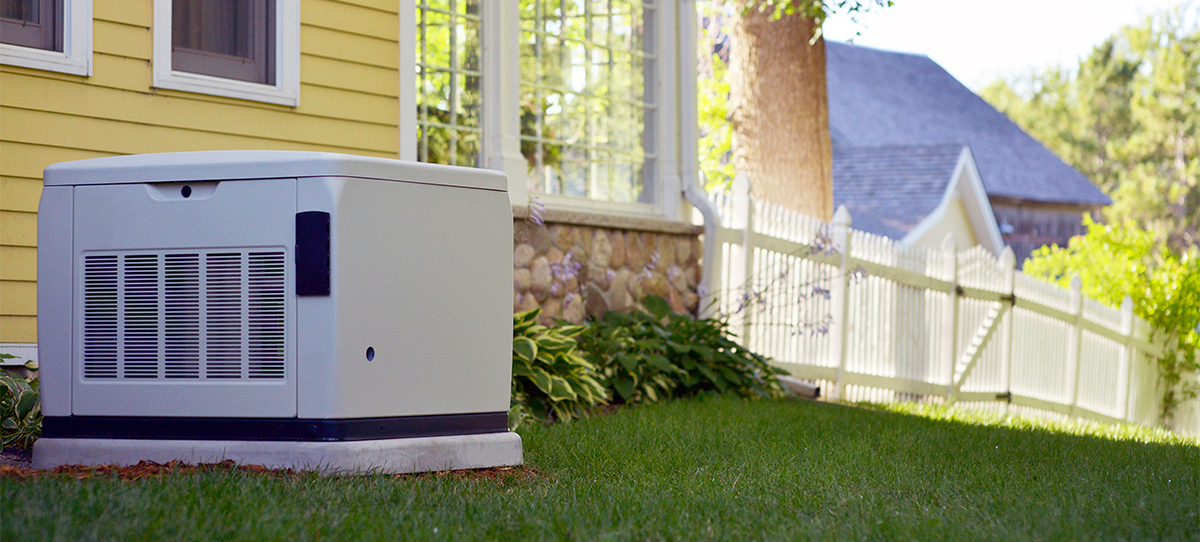Home Standby Generator

The recent power outages across Texas and the work-from-home trend highlight the need for a home standby generator. Home standby generators (HSG), like AC units, are installed on a concrete pad exterior to a home and provide emergency power when electrical service power is cut off. In the late 1990s, HSG products were very expensive, but over the last several years prices have dropped considerably as more businesses and homeowners embraced the infrastructure. For most homeowners, the install cost would be in the $5,000 to $10,000 range. Following are a few items to consider when purchasing a standby generator.
Manufacturers
We suggest starting your research with these manufacturers: Kohler, Honeywell, Generac, Cummins and Champion. These companies provide product pricing and online system sizing to help guide cost considerations before contacting an installer or electrician.
Generator Size
Most homes require 7.5kw to 10kw of power to run most critical items. Assume you’ll need at least 20kw of power during air conditioning months for a 2,000 square foot home. Most homeowners will want more power than the minimum, especially those working from home. The generator size is also affected by fuel type, power management and sharing capabilities.
Fuel Source
Most home generators operate on either propane or natural gas fuel. Propane is the off-grid option and is generally used for properties not serviced by natural gas or in locations where gas lines might get shut off during emergencies. Most homes with propane will require a least two 120-gallon tanks to service a power outage. A 20kw generator at full power typically uses 3-gal/hr. However, over a 24-hour period the usage is less, so it’s safe to assume a 120-gal tank would last close to 3 days. Natural gas is the preferred fuel due to supply and accessibility, but is dependent on a service connection.
Generator Location
There are few items to consider when locating the generator on your property. It’s best for practical reasons to located the generator close to either an existing gas line or near the internal electrical sub-panel. Natural gas produces CO2, therefore it’s best to locate away from windows. And for homes located in compact urban or established neighborhoods, local noise ordinances might require either a zoning variance or a minimum distance from adjacent homes.
Automatic Transfer Switch
An automatic transfer switch is an essential component and is typically provided by the generator manufacturer. It recognizes when power is cut off from the house and directs the generator to supplement power. Most transfer switches can be designed to power specific circuits, and some can be programmed to prioritize power usage, which is critical for propane generators.
Backup Battery
Backup batteries such as Tesla’s Powerwall can be added to a standby generator system. The battery is installed between the utility meter and the transfer switch. When power is cut off, the battery responds immediately, even during brownouts, to provide power until the battery runs down, and then the generator turns on to provide power.




